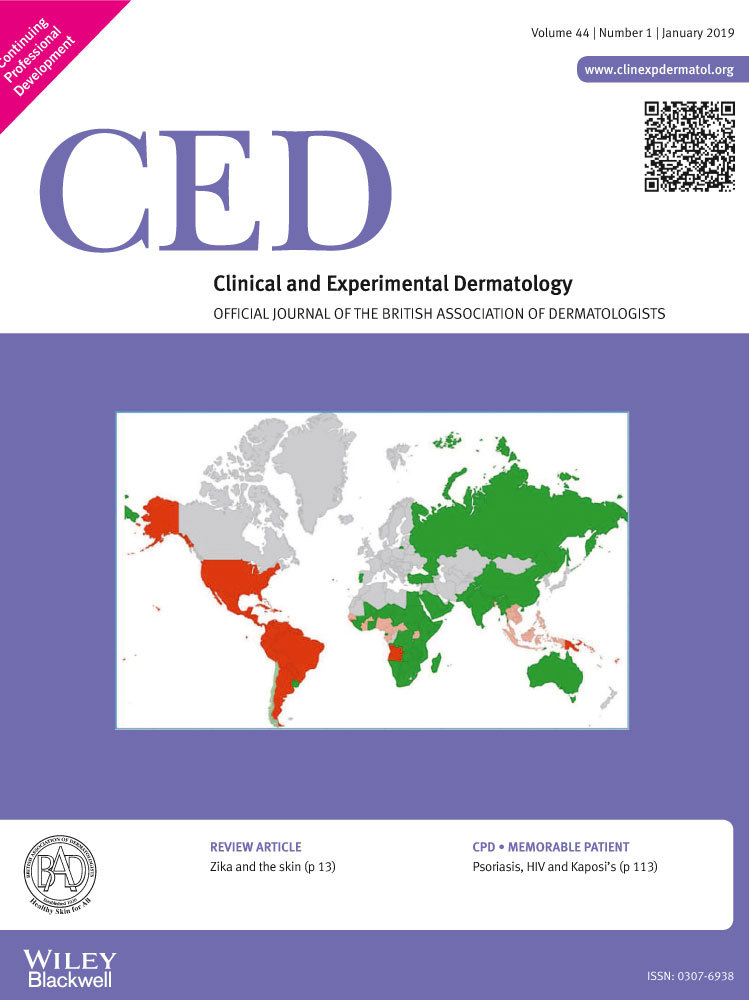Toll-like receptor signalling induces the expression of serum amyloid A in epidermal keratinocytes and dermal fibroblasts
Summary
Background
Toll-like receptors (TLRs) play critical roles in innate immune response by sensing pathogen- or damage-associated molecular patterns. Epidermal keratinocytes and dermal fibroblasts also produce proinflammatory cytokines and chemokines under stimulation with TLR ligands. Serum amyloid A (SAA) is an essential factor in the pathogenesis of secondary amyloidosis, and also has immunomodulatory functions. SAA are produced mainly by hepatocytes but also by a variety of cells, including immune cells, endothelial cells, synoviocytes, and epidermal keratinocytes. However, SAA expression in human dermal fibroblasts has not been shown to date.
Aim
To investigate the effect of TLR ligands on SAA expression in epidermal keratinocytes and dermal fibroblasts.
Methods
We investigated whether TLR ligands induce the expression of SAA in normal human epidermal keratinocytes (NHEKs) and normal human dermal fibroblasts (NHDFs) by real-time quantitative PCR and ELISA. The effect of SAA on its own expression in NHDFs was also studied.
Results
SAA expression was induced via nuclear factor-κB by TLR1/2, 3, 5 and 2/6 ligands in NHEKs. In NHDFs, TLR1/2 and TLR2/6 ligands increased SAA expression. SAA further induced its own expression via TLR1/2 and NF-κB in NHDFs, as previously reported for NHEKs.
Conclusions
Our results provide new evidence that the skin's innate immune response contributes to the production of SAA, which might lead to an increased risk of systemic complications such as secondary amyloidosis of recessive dystrophic epidermolysis bullosa.




